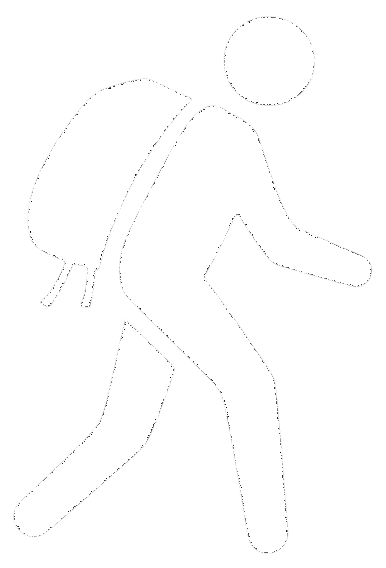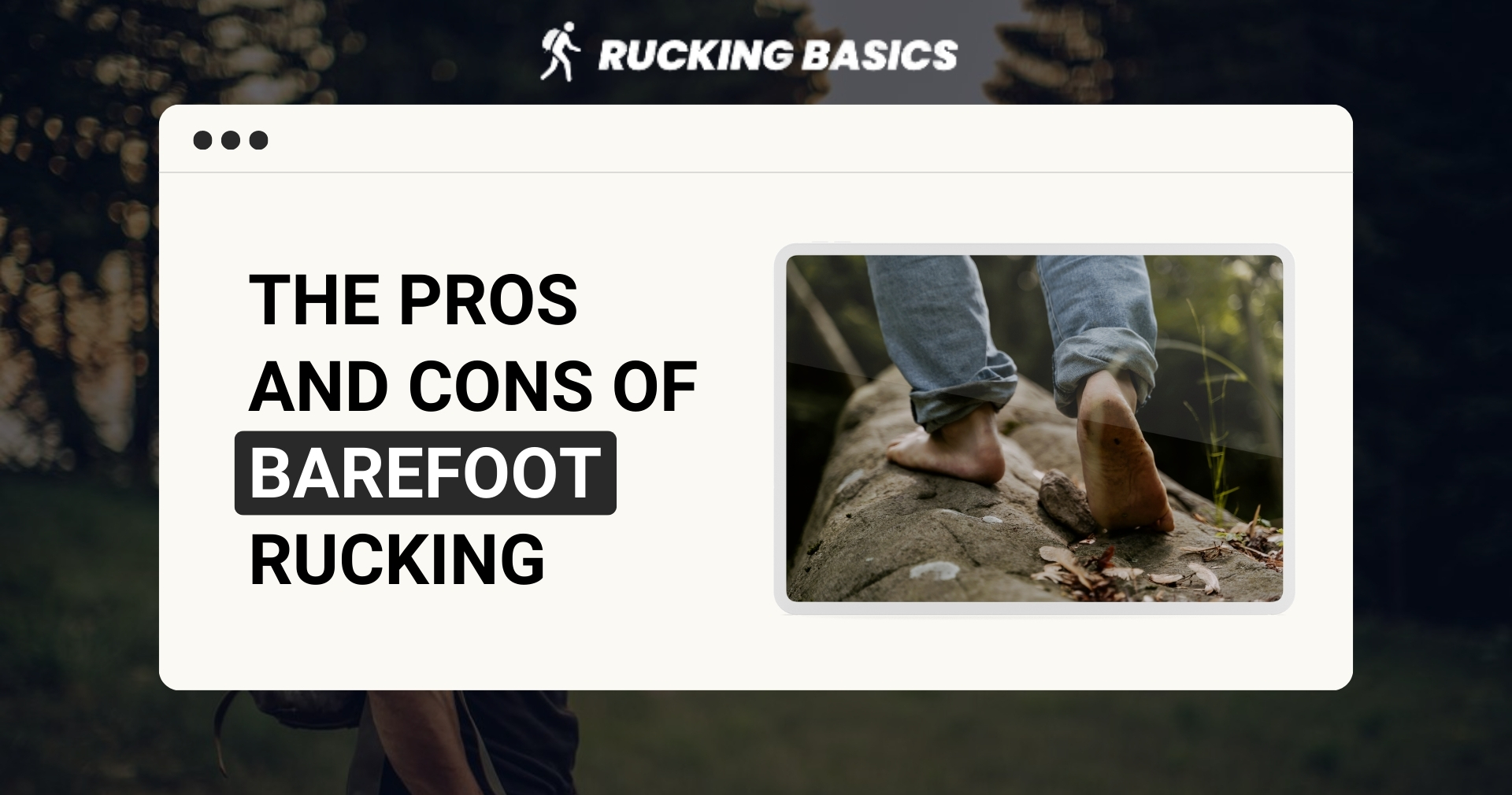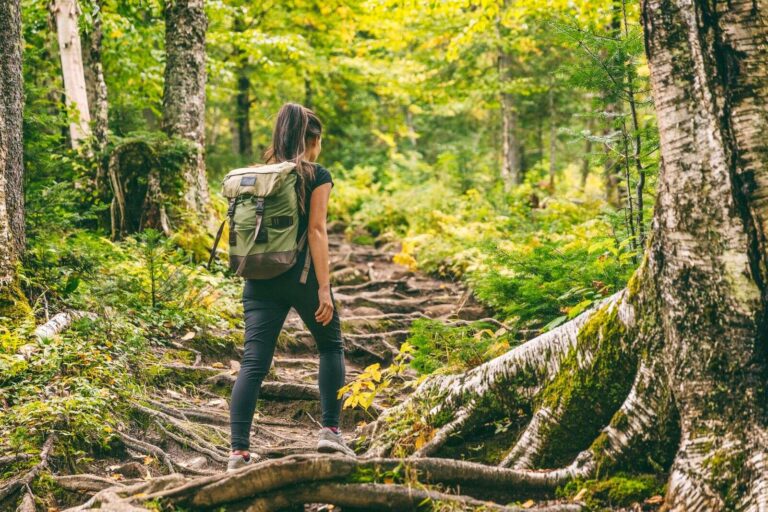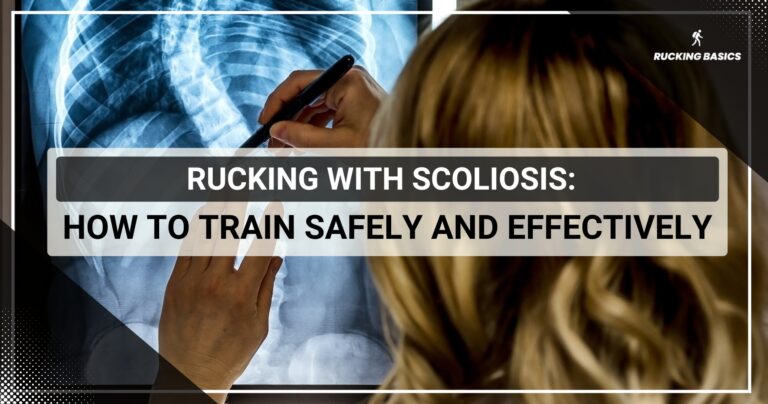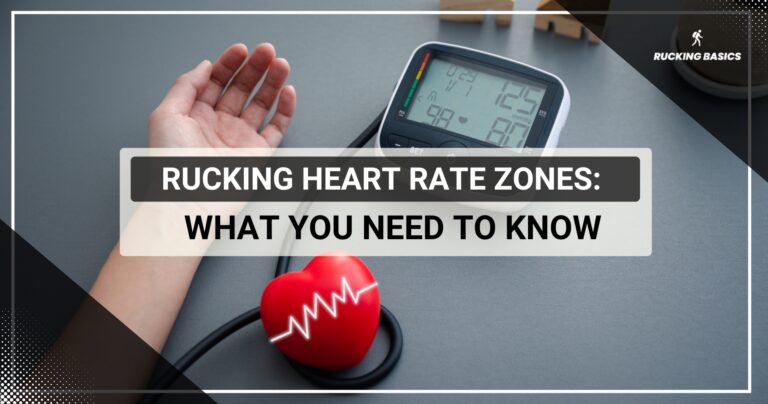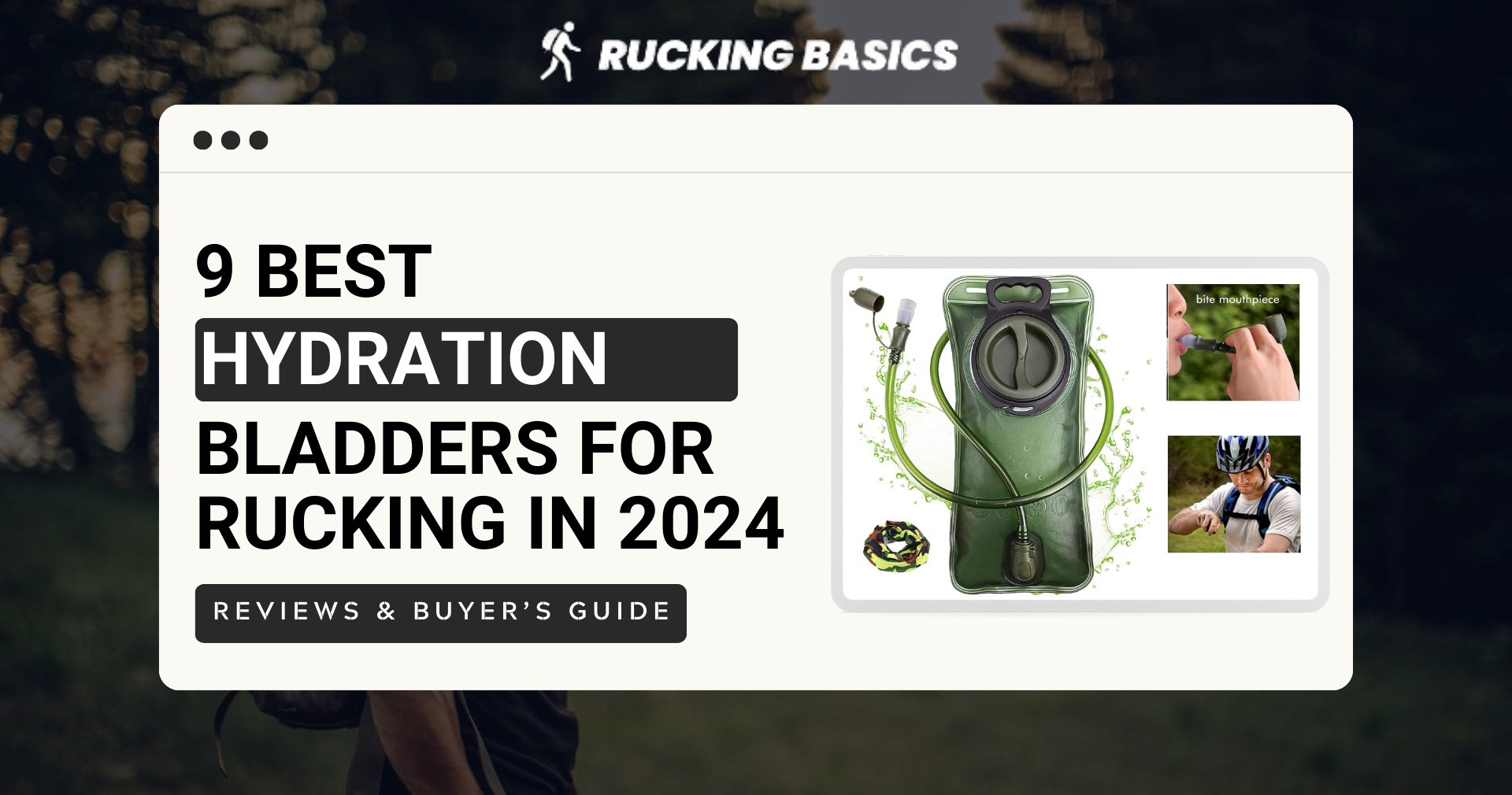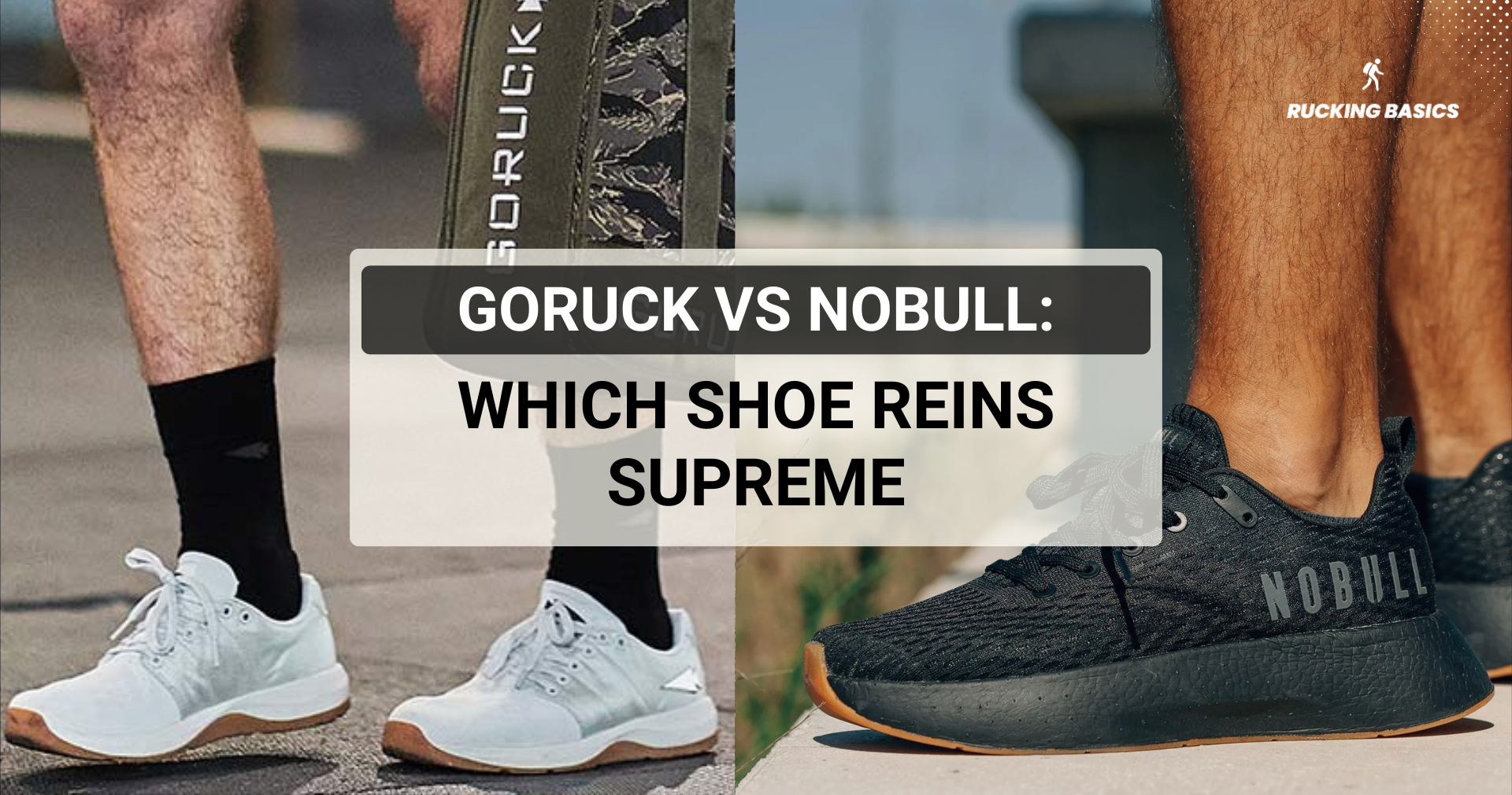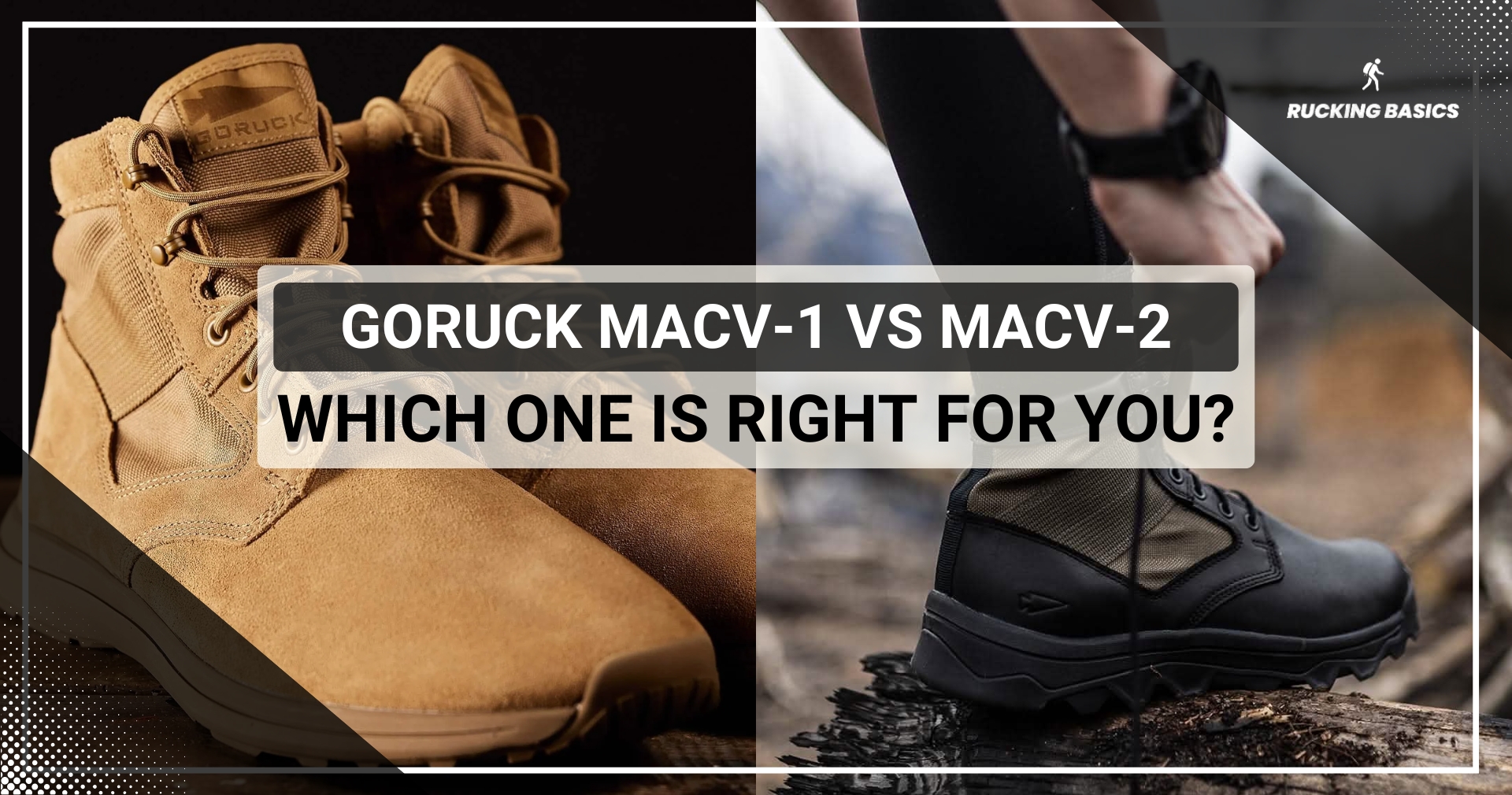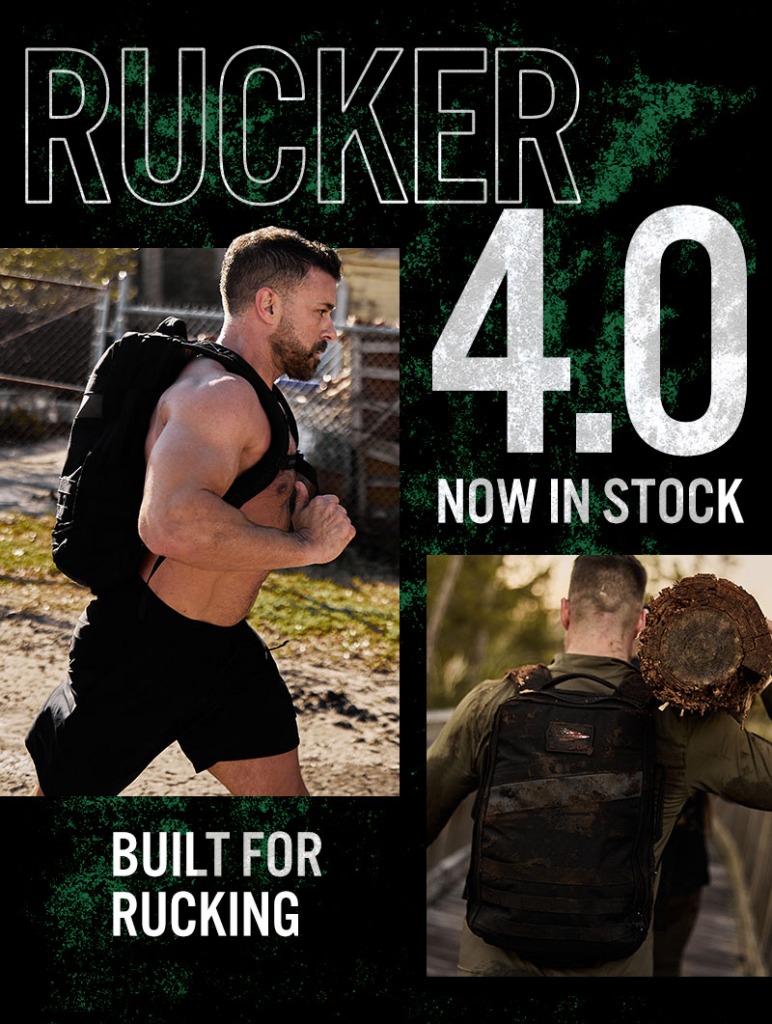I noticed that one trend in the rucking community is gaining more and more popularity — barefoot rucking and trail running. But how does it affect our bodies?
Several studies have proven that barefoot walking impacts foot mechanics and motor performance, primarily in children. (1) (2) That is why children with flat feet are often recommended to walk barefoot.
However, let’s not forget that rucking is a demanding activity, often taking place on terrains that are less than ideal for barefoot walking. After all, most of us are not Hobbits and need at least minimalist footwear.
So, let’s delve into the pros, cons, risks, and adjustments needed for this intriguing practice and see whether you should try it.
The Pros of Barefoot Rucking
While it may seem like a modern trend, the concept of walking/rucking barefoot has ancient roots. Undoubtedly, people were stronger and more durable a few thousand years ago, so we can’t fully compare that with today’s people, but still, there are many benefits.
Improved Proprioception and Balance
To put it simply, proprioception is the awareness of movement and body position. There are many ways to improve it, and walking barefoot is one of them.
When your feet are directly in contact with the ground, it provides feedback to your brain about your body’s position in space. Improved proprioception translates to better balance and coordination. In my opinion, these are among the most important skills for athletes and outdoor enthusiasts alike. So, barefoot rucking can help you fine-tune your proprioceptive abilities.
Strengthening of Foot Muscles
When we add up all the bones, joints, muscles, tendons, and ligaments in the foot, we get a figure of over 150. (3) Who would have thought that feet are so complex?
Modern shoes (running shoes mainly), although comfortable, in many cases are not at all healthy for the feet because they prevent numerous movements and practically shut down certain muscles.
Walking without shoes challenges the muscles in your feet and lower legs completely differently than walking in footwear. These muscles must work harder to support and stabilize your body.
Over time, consistent barefoot rucking can contribute to the development of stronger calves for rucking as your muscles adapt to the increased demands of this activity, potentially leading to better foot mechanics and overall leg strength.
Sensory Experience and Connection with Nature
A few of my friends, who are true nature lovers, drew my attention to the fact that I should pay attention to the textures of the ground when walking barefoot. Whether you’re walking on soft grass, sandy beaches, or rocky trails, every surface provides a unique sensation. That can be an enjoyable feeling that connects you more deeply with the natural world.
The Cons and Risks of Barefoot Rucking
My impression is that the cons outweigh the pros in this case. It’s not a decisive victory for the cons, but it’s still enough to make me reluctant to ruck barefoot all the time. That’s just me; you should try for yourself.
Cuts, Bruises, and Puncture Wounds
Sharp rocks, thorns, and debris are not always avoidable, even if you watch your every step. Without the protection of shoes, it is almost certain that at some point, you will sustain cuts, bruises, and puncture wounds. Stay vigilant and avoid rugged terrain, but anyway carry a first aid kit in your rucking backpack to be able to disinfect and bandage the wound immediately.
If you’re planning to try barefoot rucking in colder months, keep in mind that lower temperatures add an extra challenge. Preparing for rucking in cold weather ensures you stay safe and avoid frostbite. Even barefoot enthusiasts might need minimalist shoes for chilly trails!
Blisters and Calluses
This is usually a temporary problem, as with any activity, but it can be painful and uncomfortable. As you transition to barefoot rucking, your feet will undergo discomfort and adapt to the new stressors. This adjustment period often involves the development of blister or calluses as your skin toughens and thickens in response to increased friction and pressure. It’s necessary to progress gradually, or your feet will bleed, and you will be disabled for some time.
Potential Exposure to Bacteria, Fungi, and Parasites
My biggest problem with barefoot rucking is exposure to bacteria, fungi, and parasites. Without the barrier of shoes, all these microorganisms present in outdoor environments can cause an infection and endanger foot health. Sometimes, you will have such a small wound that is barely visible, but it can be enough space for microorganisms to attack you. Socks can help in such a situation.
After barefoot rucking, wash your feet thoroughly. Also, remember to avoid areas with stagnant water or animal waste.
Problems With Pre-existing Foot Conditions or Injuries
Those with conditions such as plantar fasciitis, tendinitis, bunions, or neuropathy should avoid barefoot rucking and stick to running shoe or rucking shoe. This activity will most likely exacerbate discomfort and possibly lead to further injury. If you still want to ruck barefoot, consult your doctor first, who can give you advice and the green light (or “forbid” you).
How to Safely Try and Practice Barefoot Rucking?
These are several tried-and-tested methods that will help you safely and painlessly make the transition to barefoot rucking and keep practicing it.
- Gradual Progression: Begin with short walks on gentle terrain, allowing your feet to acclimate to the new sensation of walking without shoes. If you immediately go on a long ruck march on harsh terrain, you can be sure it will turn into a disaster. Pay close attention to any discomfort and fatigue. Adjust the duration and intensity accordingly.
- Strengthening Exercises: Do strengthening exercises to prepare your feet and lower legs for barefoot rucking. They must be part of your regular fitness routine. Towel curls, ankle walks, calf raises, and balancing drills are particularly effective for targeting the muscles and ligaments that support your feet and ankles. Don’t forget other lower body exercises that strengthen the lower leg, quads, hamstrings, and glutes.
- Choosing Appropriate Terrain: Start walking on soft, forgiving surfaces like grass or sand. Such surfaces provide cushioning and support for your feet. As you gain confidence and strength, you can try more challenging surfaces, but still, don’t forget to analyze factors such as temperature and moisture levels. Always carry hiking boot or combat boot with you, just in case.
- Incorporating Proper Foot Care: Barefoot rucking and barefoot running require you to pay special attention to foot care. Keep your feet clean and dry, and trim your toenails (mostly big toe) regularly to prevent ingrown nails and irritation. Moisturize your feet to prevent dryness and cracking. If you are not sure that you can do it all yourself, a medical pedicure is what you need.
My advice is to alternate rucking in barefoot shoes with actual barefoot rucking. You can choose the actual brand or go with other minimalist hiking shoes.
For ruckers who want a reliable alternative to fully barefoot rucking, consider minimalist options that offer protection while still providing a near-barefoot experience. The GORUCK MACV-2 review explores a sturdy yet lightweight choice, perfect for transitioning between minimalist and standard rucking footwear. With excellent durability and support, it’s an ideal option for those not quite ready to go fully barefoot but seeking flexibility and control.
Vivobarefoot Tracker Leather Low Mens Barefoot Hiking
Fully waterproof shoes that are both lightweight & puncture resistant. Built for all weather and terrains.
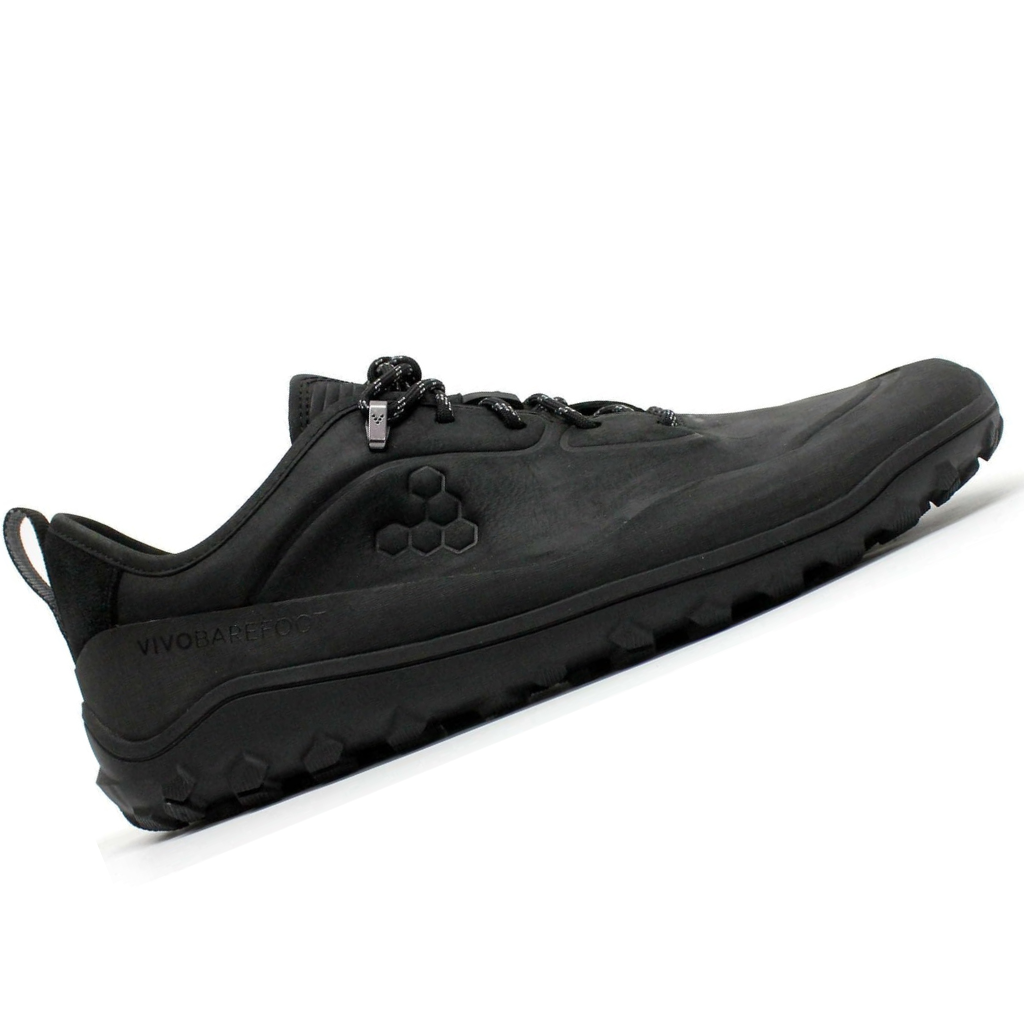
Conclusion
Barefoot rucking offers a unique opportunity to strengthen your feet, improve your balance, and make your connection with the natural world even more profound.
Yet, there are many drawbacks. The risk of injury is real, even in a safe environment. You have to start gradually so that your feet get used to new challenges. Also, ruck barefoot only on known, safe trails. Never do this in areas full of vipers, thorns, cacti, and similar hazards.
Overall, this is not something I recommend to beginners since it is darn tough. And walking barefoot does not provide more benefits than minimalist shoes, on the contrary. (4)
Experienced ruckers and special forces members can try if they want. You should be fine if you don’t risk too much.
References
- Hollander K, van der Zwaard BC, de Villiers JE, Braumann KM, Venter R, Zech A. The effects of being habitually barefoot on foot mechanics and motor performance in children and adolescents aged 6-18 years: study protocol for a multicenter cross-sectional study (Barefoot LIFE project). J Foot Ankle Res. 2016 Sep 2;9(1):36. doi: 10.1186/s13047-016-0166-1. PMID: 27594919; PMCID: PMC5010736.
- López NR, Gómez RM, Valderrama MM, González AG, de la Torre-Montero JC, Moreno ÁP, Fidalgo-Herrera AJ, Ribeiro ASF, López-Moreno C, Martínez-Beltrán MJ. Biomechanical analysis of barefoot walking and three different sports footwear in children aged between 4 and 6 years old. PLoS One. 2023 Sep 5;18(9):e0291056. doi: 10.1371/journal.pone.0291056. PMID: 37669303; PMCID: PMC10479898.
- https://www.ncbi.nlm.nih.gov/books/NBK536941/
- Petersen E, Zech A, Hamacher D. Walking barefoot vs. with minimalist footwear – influence on gait in younger and older adults. BMC Geriatr. 2020 Mar 4;20(1):88. doi: 10.1186/s12877-020-1486-3. PMID: 32131748; PMCID: PMC7057536.
